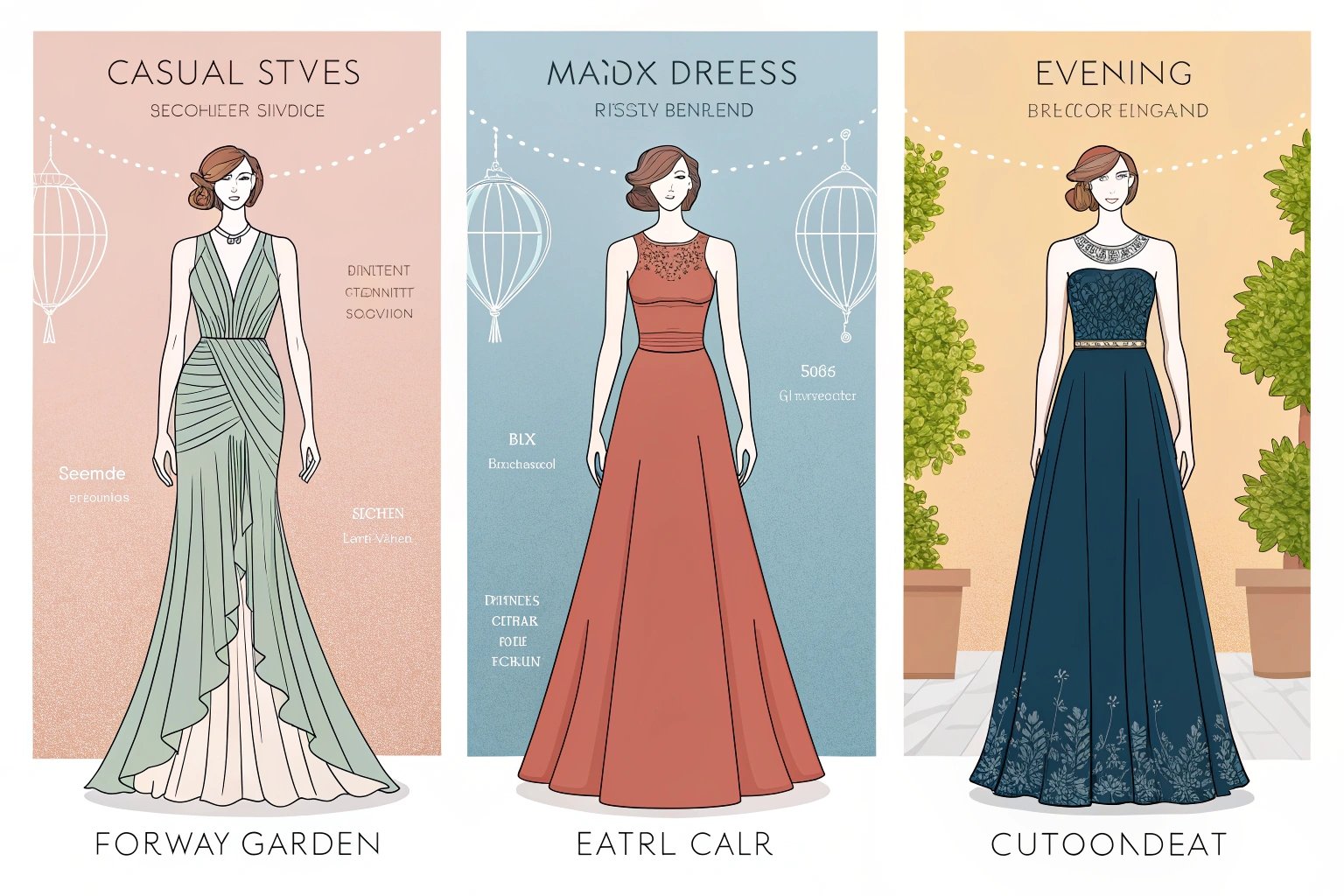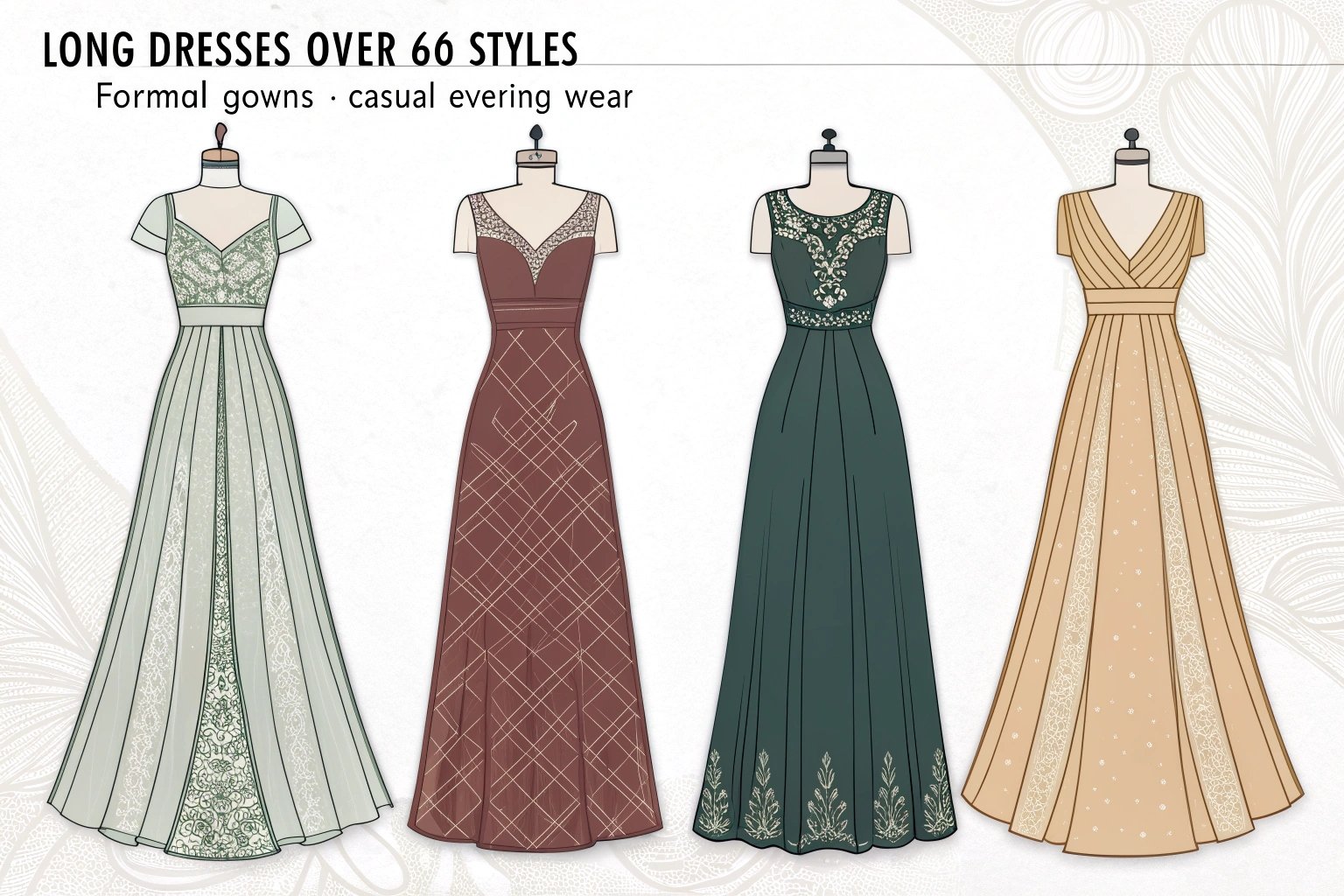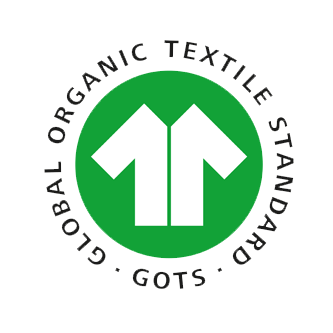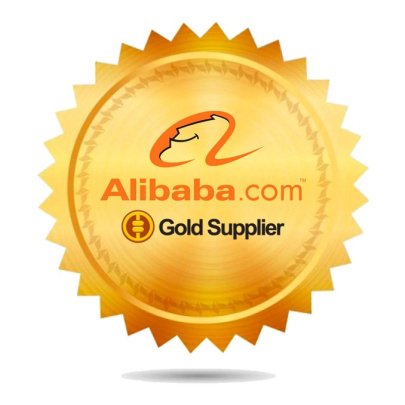Manufacturing clothing with private label manufacturers can be an excellent option for businesses looking to create their own clothing brand without the overhead of designing and producing garments from scratch. However, one of the key factors when selecting a private label manufacturer is cost. This article will explore the countries that offer the cheapest manufacturing options, how private label manufacturers1 keep costs low, and what factors contribute to affordable production while still ensuring good quality.
What Makes a Country Cheap for Clothing Manufacturing?
Countries that are popular for clothing manufacturing often share common characteristics that contribute to their affordability. These factors include labor costs, availability of materials, infrastructure, and local regulations. When looking for the cheapest places to manufacture clothing, these factors play a significant role in determining the overall price of production.
 Clothing Design Discussion
Clothing Design Discussion
How Do Labor Costs Impact Clothing Manufacturing Prices?
Labor is one of the largest components of the cost of manufacturing clothing. Countries with lower labor costs typically offer cheaper clothing manufacturing. In regions where wages are significantly lower than in developed countries, clothing manufacturers can keep their production costs down. For instance, countries like Bangladesh2 and Vietnam are known for their very low labor costs, which makes them highly competitive in the clothing manufacturing industry.
| Country | Average Labor Cost per Hour (USD) |
|---|---|
| Bangladesh | 0.2 |
| India | 0.5 |
| China | 1.5 |
| Vietnam | 1.2 |
| USA | 15 |
As shown in the table above, labor costs in countries like Bangladesh and India are much lower than in developed countries like the USA, which makes these countries particularly attractive for private label manufacturing.
What Role Do Material Costs and Manufacturing Infrastructure Play in Pricing?
In addition to labor, the cost of raw materials and the manufacturing infrastructure available in a country significantly affect production prices. For example, countries with a well-established textile industry, such as China and India, can source fabrics locally, reducing material costs and transportation expenses. The availability of advanced manufacturing technology and established supply chains3 also plays a critical role in reducing the cost of manufacturing.
Which Countries Offer the Cheapest Clothing Manufacturing?
Several countries have established themselves as major players in the global clothing manufacturing industry due to their competitive pricing and manufacturing capabilities. These countries offer the cheapest manufacturing options while maintaining an acceptable level of quality for mass production.
How Does China Remain the Cheapest Option for Clothing Manufacturing?
China has long been the global leader in clothing manufacturing, offering some of the lowest production costs worldwide. The country has an extensive and efficient manufacturing infrastructure that supports large-scale production. This allows manufacturers to keep prices low while offering a wide range of clothing styles, from basic essentials to high fashion.
Key factors contributing to China’s low manufacturing costs include:
- Massive scale of production: China’s large manufacturing capacity allows for bulk production, which brings down costs.
- Availability of raw materials4: China is one of the largest producers of textiles, which reduces material costs.
- Efficient logistics: With developed shipping and export infrastructure, manufacturers in China can ship products globally at competitive prices.
Why Are Bangladesh, Vietnam, and India Popular for Budget Clothing Production?
Countries like Bangladesh, Vietnam, and India have become top choices for clothing manufacturing because of their low labor costs5 and established textile industries. These countries have attracted major brands and manufacturers looking to save on production costs without sacrificing quality.
- Bangladesh: Known for extremely low labor costs, Bangladesh is one of the cheapest countries for manufacturing clothing, particularly for low-cost and fast-fashion items.
- Vietnam: While slightly more expensive than Bangladesh, Vietnam offers a skilled workforce and efficient manufacturing infrastructure, making it a competitive option for mid-range clothing brands.
- India: India is known for its large textile industry, which allows manufacturers to access low-cost fabrics locally, reducing material costs and making it an attractive option for clothing manufacturing.
| Country | Key Strengths | Popular Clothing Types |
|---|---|---|
| Bangladesh | Low labor costs, skilled labor | Fast fashion, basic apparel |
| Vietnam | Skilled workforce, efficient supply chain | Activewear, casual clothing |
| India | Local textile industry, low raw material costs | Ethnic wear, knitwear |
How Does the Cost of Manufacturing Compare with Clothing Private Label Manufacturers?
Private label manufacturers focus on offering high-quality products with lower investment costs. Countries like China, Bangladesh, and Vietnam are the go-to choices for private label clothing because they offer competitive prices, especially when ordering in bulk.
How Do Private Label Manufacturers Keep Costs Low While Offering Customization?
Private label manufacturers often allow brands to customize clothing designs without the added expense of developing everything from scratch. By using pre-made clothing templates and adding logos or custom designs, brands can significantly reduce the costs associated with creating their own products. These manufacturers also offer the benefit of having established infrastructure and supply chains, which further reduces the cost of production.
Factors that help keep costs low:
- Standardized production lines: Using established templates and designs to minimize the need for custom patterns.
- High-volume orders: Bulk orders reduce the cost per unit of production.
- Material cost reductions: Large manufacturers have access to discounted materials, further reducing costs.
What Should You Consider When Choosing a Private Label Manufacturer for Affordable Clothing?
When looking for a private label manufacturer, it is essential to consider the balance between cost and quality. While cheaper countries like Bangladesh and China offer low costs, it is important to ensure that the manufacturer can meet the desired quality standards.
| Factor | Bangladesh | China | Vietnam | India |
|---|---|---|---|---|
| Labor Costs | Low | Moderate | Low | Moderate |
| Lead Time | Fast | Moderate | Fast | Moderate |
| Material Sourcing | Imported | Local | Local | Local |
| Minimum Order Quantities (MOQs) | Low | Moderate | Low | Moderate |
How Can You Minimize Costs When Working with Private Label Manufacturers?
Minimizing costs when working with private label manufacturers1 requires strategic planning and efficient production management. The best ways to reduce costs without sacrificing quality include:
- Negotiating pricing: Establish long-term partnerships to benefit from better pricing on future orders.
- Optimizing shipping and logistics: Work closely with manufacturers to find ways to reduce shipping costs.
- Lowering MOQs: If you are a small business, you may benefit from negotiating lower minimum order quantities6 (MOQs), which allow you to produce only what you need.
How Do Minimum Order Quantities (MOQs) Affect Your Manufacturing Costs?
Minimum order quantities directly affect the cost of manufacturing. The higher the MOQ, the lower the cost per unit. For smaller businesses, meeting the MOQ can be challenging, but it may be possible to negotiate with manufacturers for lower MOQs or more flexible terms.
Can Smaller Orders Help You Save Money with Private Label Manufacturers?
Smaller orders typically cost more per unit, but they help minimize the upfront investment for new brands. Some manufacturers offer flexible MOQs or the ability to combine different styles in one order to keep costs manageable for smaller businesses.
What Are the Advantages of Working with Private Label Manufacturers in Low-Cost Countries?
Private label manufacturing in low-cost countries offers several advantages. By partnering with countries that offer low labor and material costs, brands can produce high-quality clothing at affordable prices. Additionally, low-cost countries often have the necessary infrastructure to support fast production timelines, which is crucial in the fashion industry.
How Do Private Label Manufacturers Offer Lower Production Costs Without Sacrificing Quality?
Private label manufacturers can keep production costs low by utilizing economies of scale, efficient production processes, and local sourcing of materials. They also maintain consistent production lines to ensure quick turnarounds and minimize the cost of customization7.
What Are the Risks of Sourcing from Low-Cost Manufacturing Countries?
While low-cost manufacturing offers many benefits, there are potential risks to consider:
- Quality control issues: Ensuring that quality standards are met can be challenging when working with manufacturers that are focused on cost reduction.
- Ethical concerns: Labor practices in some low-cost countries may not meet international ethical standards, which could harm your brand’s reputation.
- Longer lead times: Some countries may have longer lead times for production and shipping, which could delay your launch.
| Risk | Bangladesh | China | Vietnam | India |
|---|---|---|---|---|
| Quality Control | Moderate | High | High | High |
| Labor Practices | Low | Moderate | High | High |
| Lead Time | Short | Moderate | Short | Moderate |
Conclusion
When looking to manufacture clothing with private label manufacturers, cost plays a crucial role in the decision-making process. Countries like Bangladesh, China, and Vietnam remain the go-to destinations for affordable production due to their low labor costs, high-volume capabilities, and efficient manufacturing processes. By carefully evaluating these countries, considering all production factors, and working closely with manufacturers, clothing brands can minimize costs while maintaining quality standards.
-
Explore how private label manufacturers can help you create your own clothing brand efficiently. ↩ ↩
-
Learn why Bangladesh is favored for its low-cost clothing production. ↩
-
Understand the role of supply chains in managing clothing production costs. ↩
-
Explore where to find quality raw materials for your clothing production. ↩
-
Learn how labor costs impact the overall pricing of clothing manufacturing. ↩
-
Find out how minimum order quantities impact your clothing production costs. ↩
-
Learn how to effectively customize clothing designs with private label options. ↩









